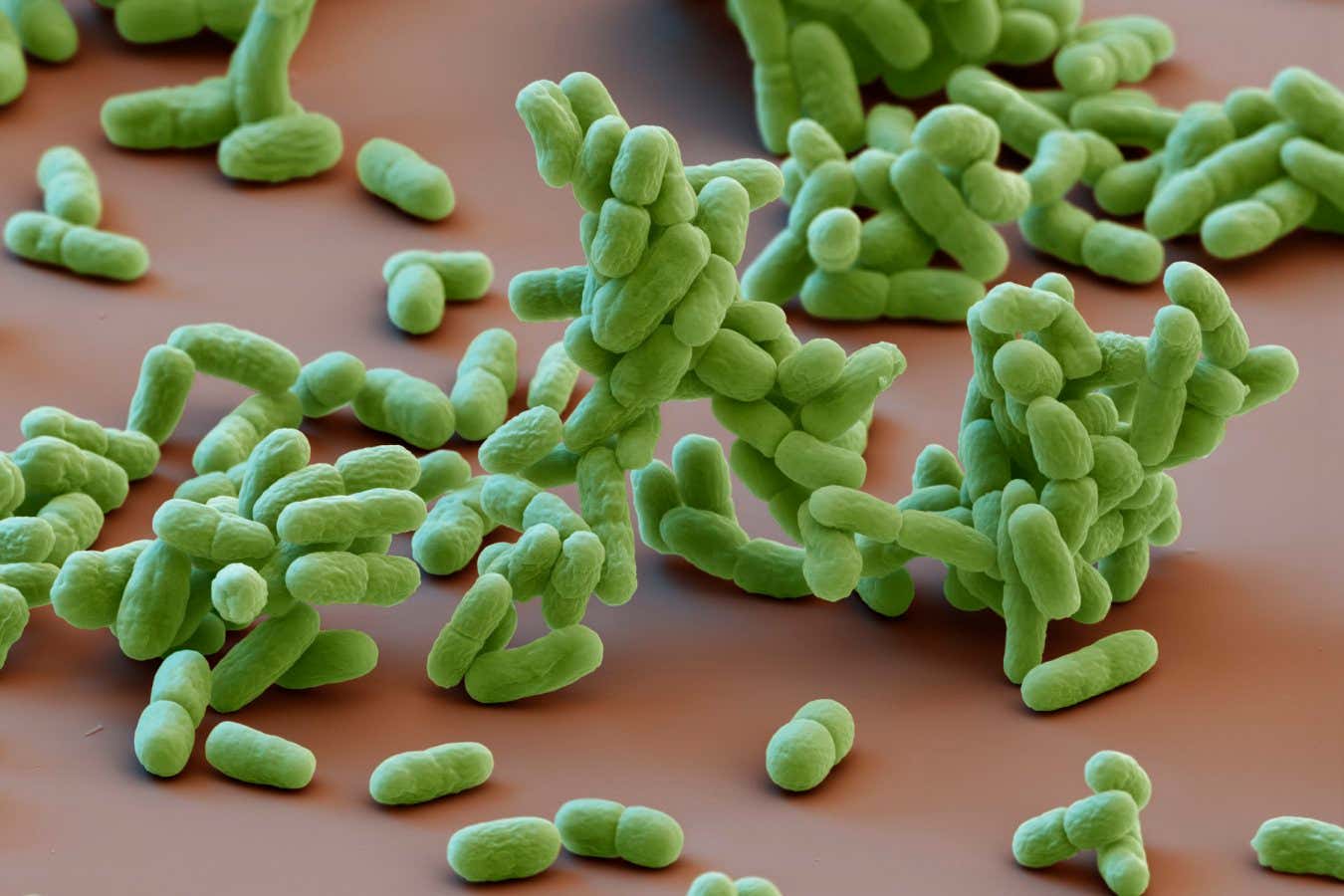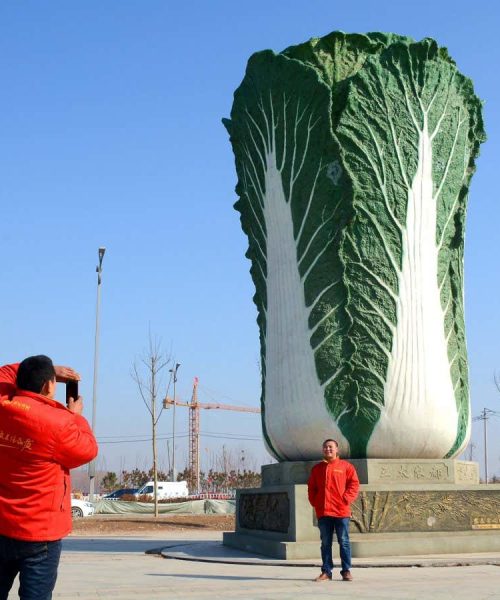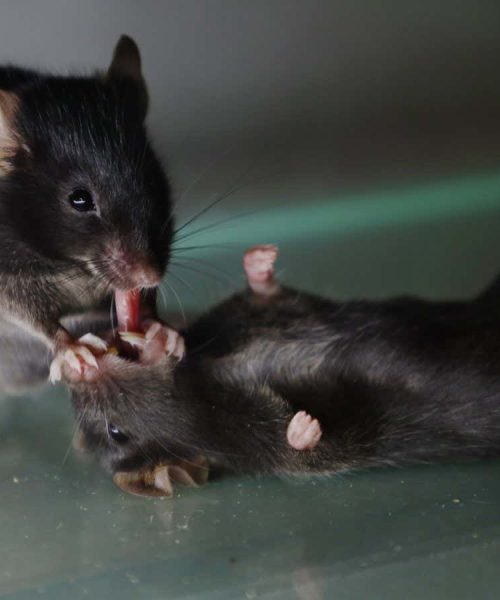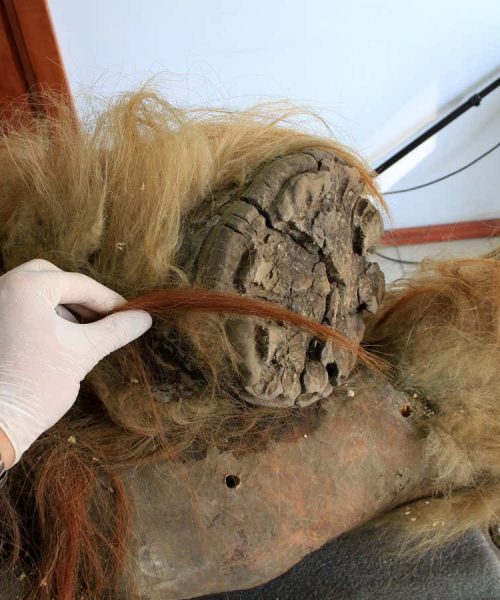
A scanning electron micrograph of Synechococcus cyanobacteria
EYE OF SCIENCE/SCIENCE PHOTO LIBRARY
Despite being among the simplest forms of life on Earth, cyanobacteria are able to anticipate and prepare for the changing seasons based on the amount of light they are exposed to.
It has been known for more than a century that complex organisms can utilise day length as a cue for future environmental conditions – days get shorter before it gets colder, for example. Phenomena like migration, flowering, hibernation and seasonal reproduction are all guided by such responses in plants and animals, known as photoperiodism, but it has never been seen in simple life forms such as bacteria until now.
Advertisement
Luísa Jabbur, then at Vanderbilt University in Nashville, Tennessee, and her colleagues artificially exposed Synechococcus elongatus cyanobacteria to varying day lengths and found that those that experienced simulated short days went on to be two to three times better at surviving ice-cold temperatures, indicating they had prepared for winter-like conditions.
By testing shorter and longer periods, the researchers determined that it takes four to six days for the response to develop.
These organisms spawn a new generation in a matter of hours, meaning the cells must be passing along the day-length information to their descendants. However, the researchers don’t yet understand how this information is transmitted.
Cyanobacteria, which capture energy from sunlight through photosynthesis, have existed for more than 2 billion years and are found almost everywhere on Earth.
“The fact that an organism as old and as simple as a cyanobacterium can have photoperiodic responses suggests that this is a phenomenon that evolved much earlier than we might have imagined,” says Jabbur, who is now at the John Innes Centre in Norwich, UK.
The team also looked at how patterns of gene expression changed in response to varying day length. Their results suggest that photoperiodism probably evolved by co-opting existing mechanisms to combat acute stresses such as bright light and extreme temperatures.
These findings also have implications for the evolution of circadian rhythms, the biological clocks that regulate day-night cycles, says team member Carl Johnson at Vanderbilt University.
“I think we have always assumed that daily clocks evolved before organisms could measure day/night length and thereby anticipate the changing seasons,” he says. “But the fact that photoperiodism evolved in such ancient and simple organisms, and our gene expression results implicate stress response pathways that probably evolved very early in life on Earth, suggest that photoperiodism might have evolved before circadian clocks,” says Johnson.
Topics:





